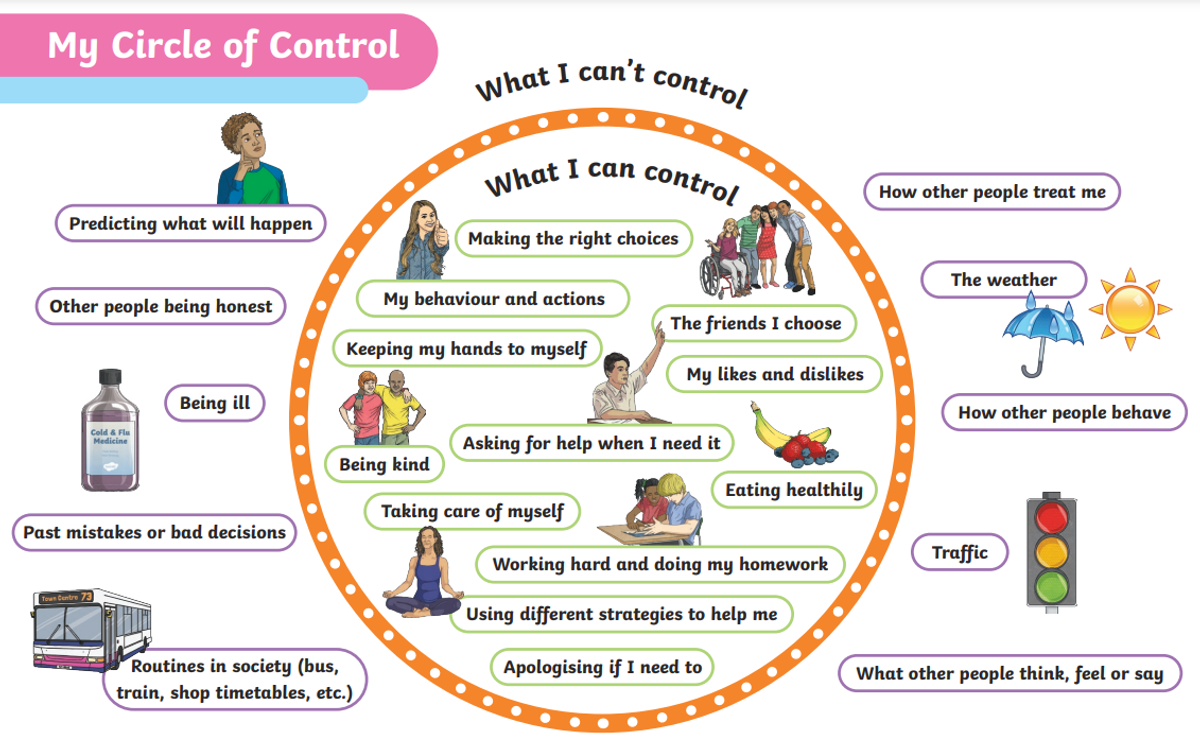Deputy Principal's Report

Friendships: Dealing with Exclusion
It's a topic that affects everyone in the school community, from the child being excluded to the child doing the excluding to the bystanders who witness these interactions. The goal is to provide you with insights and practical tips to help your child navigate these situations in a positive way.
Children can be excluded in several ways, some of which may be overt and easy to identify, while others can be more subtle and harder to notice. Understanding the different forms of exclusion can help parents and educators better address and prevent it. Some common ways children might be excluded include:
Social Exclusion
- Deliberate Isolation: A child is intentionally left out of group activities, games, or conversations.
- Ignoring: The child is consistently overlooked or ignored by peers during social interactions.
- Exclusion from Events: Not being invited to parties, playdates, or group outings that others in their peer group are attending.
Emotional Exclusion
- Silent Treatment: Peers refuse to talk to the child or give them the silent treatment as a form of punishment or control.
- Backhanded Comments: Receiving hurtful or dismissive comments that make the child feel unwelcome or unimportant.
Physical Exclusion
- Exclusion from Play Areas: Being physically blocked from entering play areas or participating in physical activities.
- Seating Arrangements: Being deliberately excluded from sitting with others during lunch, class, or group work.
Cyber Exclusion
- Online Exclusion: Not being included in online groups, chats, or social media interactions that their peers are part of.
- Digital Communication: Being ignored or excluded in group messages, emails, or other forms of digital communication.
Intellectual Exclusion
- Exclusion from Group Projects: Being left out of collaborative academic activities or group projects in the classroom.
- Dismissal of Ideas: Peers disregarding or dismissing the child’s ideas and contributions during discussions or group work.
Indirect Exclusion
- Gossip and Rumors: Spreading false or hurtful information that leads to the child being ostracised by their peers.
- Cliques: Forming exclusive groups that deliberately exclude others from joining.
Cultural Exclusion
- Cultural Differences: Excluding a child based on cultural, ethnic, or religious differences.
- Language Barriers: Ignoring or isolating children who speak a different language or have different cultural practices.
Subtle Exclusion
- Non-Verbal Cues: Using body language, such as eye-rolling or turning away, to exclude someone.
- Passive Exclusion: Not making an effort to include a child in activities or conversations, even if they are present.
Understanding Exclusion from Different Perspectives
1. The Child Being Excluded When a child feels left out, it can be a painful and confusing experience. It’s important for them to know that their feelings are valid and that they have support.
Tips for Parents:
- Empathy and Listening: Encourage your child to express their feelings and listen without judgement. Let them know it's okay to feel hurt or sad.
- Building Self-Esteem: Help your child identify their strengths and interests. Engaging in activities they enjoy can boost their confidence and help them make new friends.
- Problem-Solving: Discuss possible reasons for the exclusion and brainstorm solutions together. This could include talking to the other child, seeking out new friends, or involving a teacher if necessary.
2. The Child Doing the Excluding Exclusion can sometimes be a result of a child trying to assert control or fit in with a certain group. Understanding why they are excluding others is key to addressing the behaviour.
Tips for Parents:
- Open Conversation: Talk to your child about their behaviour and the impact it has on others. Use real-life examples or stories to illustrate your point.
- Teaching Empathy: Encourage your child to think about how they would feel if they were in the excluded child's shoes. Role-playing can be a useful tool here.
- Setting Boundaries: Reinforce the importance of kindness and inclusion. Set clear expectations for how they should treat others.
3. The Bystander Children who witness exclusion can play a powerful role in addressing and preventing it. Teaching them to be proactive can foster a more inclusive environment.
Tips for Parents:
- Encouraging Action: Discuss with your child how they can support someone who is being excluded, whether by inviting them to join in or simply being a friend.
- Building Confidence: Help your child understand that standing up for others is brave and important. Role-play different scenarios to practise what they might say or do.
- Creating Allies: Encourage your child to talk to a trusted adult if they see exclusion happening. Teachers and school staff are there to help.
Circles of Control
Helping children understand what they can and cannot control is a valuable lesson in managing their emotions and actions.
What They Can Control: Their own actions, words, and reactions. Encourage them to focus on being kind, inclusive, and resilient.
What They Cannot Control: Others' actions, feelings, and decisions. Help them accept that they can’t change others, but they can choose how they respond.
Building Self-Esteem
Self-esteem plays a critical role in how children interact with others and handle social challenges.
Tips for Building Self-Esteem:
- Positive Affirmations: Encourage your child to speak positively about themselves and recognise their unique qualities.
- Celebrate Achievements: Acknowledge and celebrate your child's efforts and accomplishments, no matter how small.
- Model Confidence: Show confidence in your own actions and interactions. Children learn a lot from observing their parents.
These strategies are just a suggestion. If your child is experiencing any form of conflict, particularly if it is a regular occurance, we encourage you to get in touch with us and we can help navigate through this with you. When we are able to help our children develop these skills, they are better equiped to manage conflicts in a healthy and positive manner. Exclusion in friendships is a complex issue, but with empathy, communication, and the right tools, we can help our children navigate these challenges. We look forward to working together to create a supportive environment where our children can thrive.
Thanks for all your support,
Peggy McDonald & Steele Anderson
Deputy Principals



